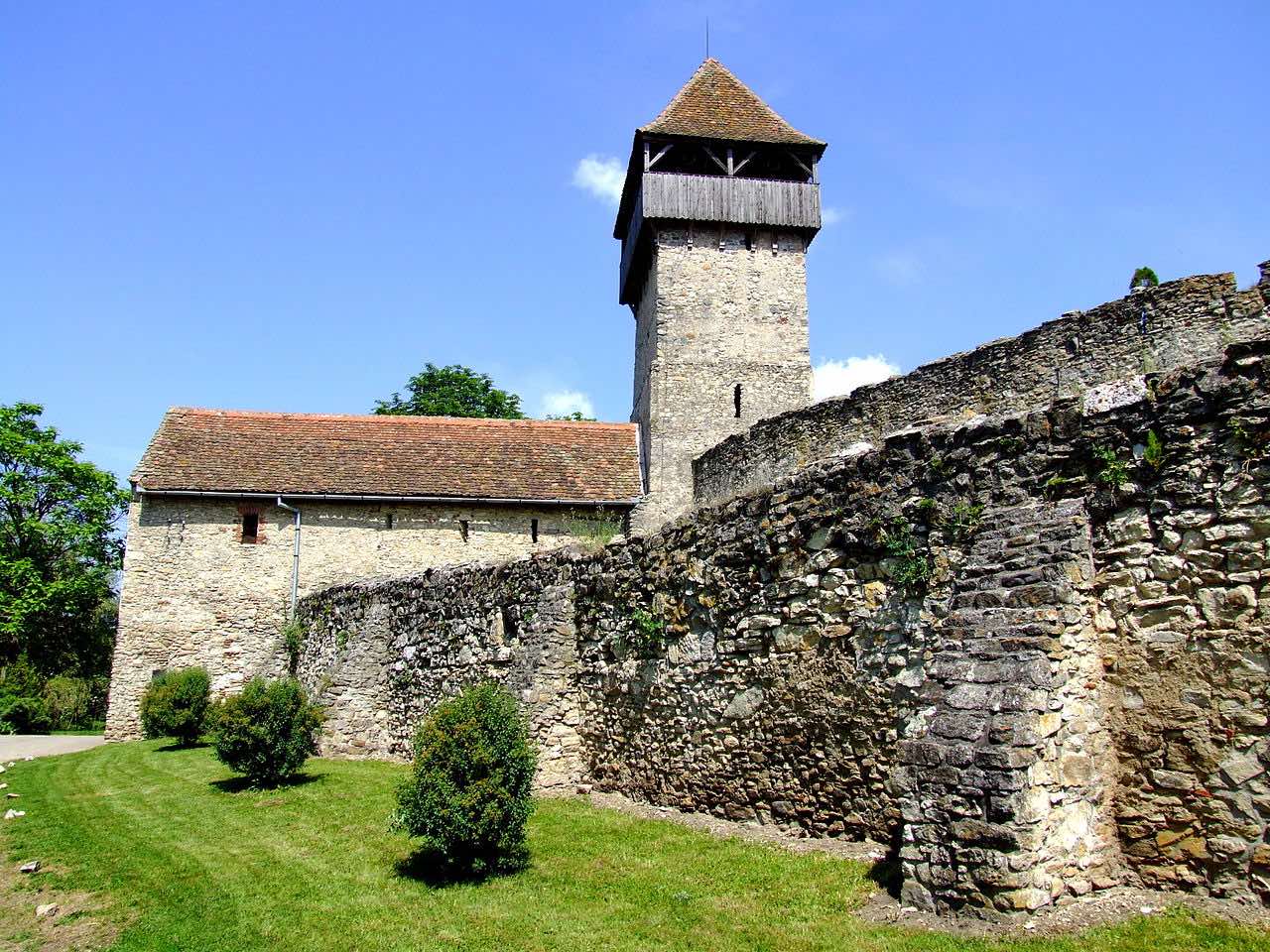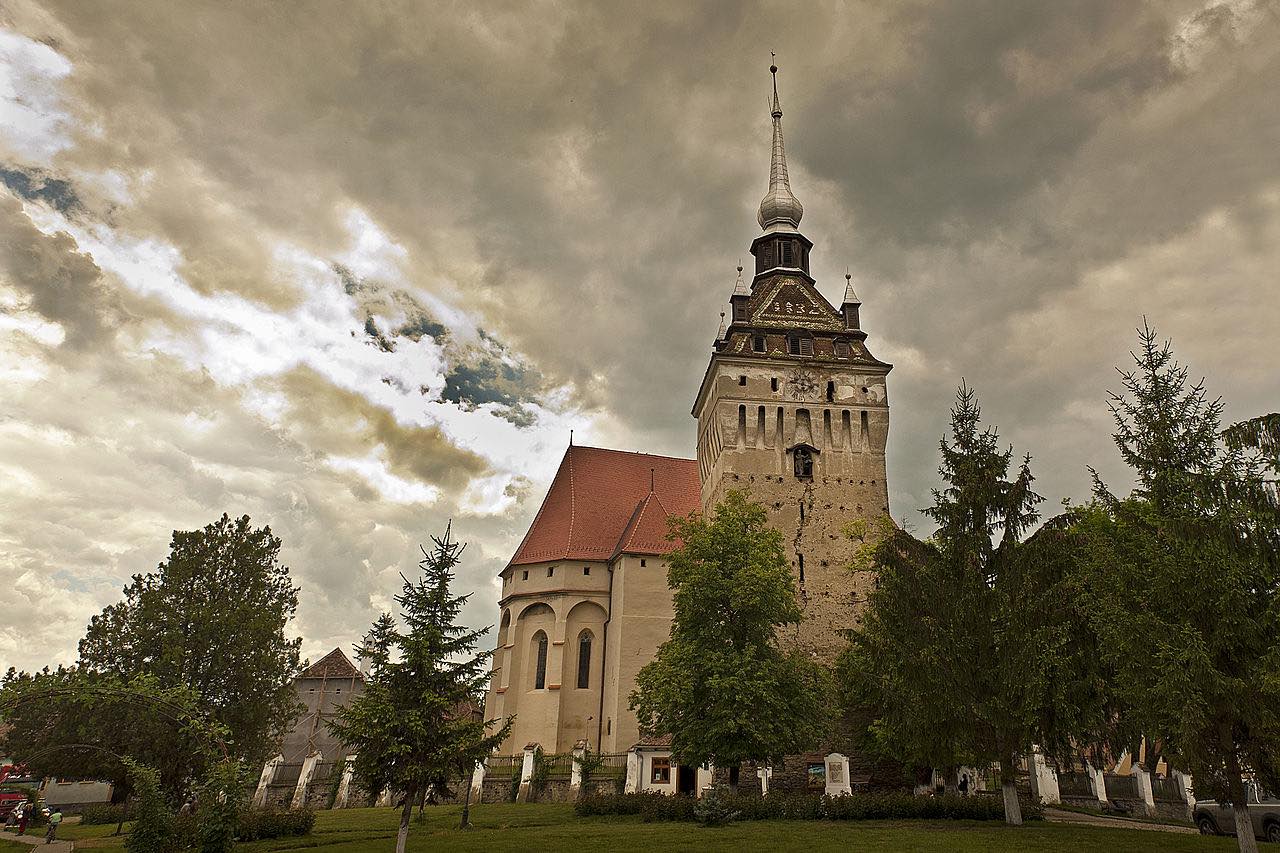In the distant 13th century, the King of Hungary settled the German colonists in Transylvania.
Right here, around this same time, the first Transylvanian Saxon villages arose.
Towers, ramparts, iron bridges and a long wall always surround a church, located in the center of the complex. If the type of fortification is not predominant for everyone, the presence of the Church in the center is instead the common element.
Since 1993, 7 of these villages with Fortified Churches in Transylvania have been declared a World Heritage Site by UNESCO. Seven places not to be missed if you are on holiday in this wonderful region.
The fortified churches in Transylvania are located between the districts of Alba, Brasov, Harghita, Mures and Sibiu, still perfectly preserved and open to visitors.
THE VILLAGES WITH FORTIFIED CHURCHES IN TRANSYLVANIA
DISTRICT OF ALBA
Photo ©, CristianChirita
The citadel of Câlnic is unique in its kind because unlike the others it is not located on a hill, but in a valley. The reason is due to the fact that it was initially built as a noble residence.
It is located about 30km from the beautiful Alba Iulia, easily accessible by car. You park in the immediate vicinity of the fortress.
Open from Tuesday to Sunday, from 10am to 1pm and from 2pm to 6pm. Closed on Mondays
DISTRICT OF BRASOV
The Brasov district includes two villages with fortified churches in Transylvania.
Cetatea Prejmer is one of the oldest fortified churches in the region, as well as the largest in all of south-eastern Europe. It was founded in 1211 by the order of the Teutonic Knights to be later taken over by the Saxon community of Transylvania. Known for being an impregnable fortress, but so much so that it was never overwhelmed by the Ottomans. More info from this link.
Viscri stands on a small promontory overlooking the hills and surrounding areas. Unlike the other fortified churches, it was built by the population of Hungarian origin, before being later taken over by the Saxon colonists.
The church is really beautiful and perfectly preserved, inserted in a truly suggestive natural context.
It is located along the E60 which connects Brasov to Sighisoara.
Open every day, from 09:00 to 17:30. The entrance ticket costs 12Lei per person.
HARGHITA DISTRICT
In the district of Harghita there is the fortified church of Dârjiu. Although perfectly preserved, it is the one that has impressed us the least.
Many complain about the lack of information and the difficulty of finding news about any sudden closures.
It is generally open from 10:00 to 18:00 and the ticket costs 10Lei per person.
It is located about 35 km from Sighisoara and 50 km from Viscri.
DISTRICT OF MURES
Photo ©, Diana Popescu
The fortified church of Saschiz is an Evangelical Lutheran temple, in a Gothic style, built at the end of the 1400s.
Its North Tower, the only one of the ancient fortifications still present, is very reminiscent of the Clock Tower of Sighisoara.
The Church inside is quite simple.
Saschiz is located just 20 kilometers away from Sighisoara.
The Church is open from Thursday to Monday from 10:00 to 18:00. Closed on Tuesday and Wednesday.
The entrance ticket costs 10Lei.
DISTRICT OF SIBIU
Sibiu, like Brasov, boasts the presence of two villages with fortified churches in Transylvania, registered in the UNESCO World Heritage Site.
In Biertan there is one of the most beautiful and best preserved fortified churches of the Region, in a fascinating context, among the Transylvanian vineyards.
More info from this link.
A long circle of walls, interspersed with towers, surrounds the Church of Valea Viilor, about 40km away from Biertan.
Like this one, it is still perfectly preserved.
You can also visit the beautiful bell tower with a beautiful view of the entire surrounding area.
It is located about 50 km north of Sibiu.
Open Monday to Saturday from 10:00 to 13:00 and from 14:00 to 18:00.
The ticket costs 8Lei per person.
VISIT OF THE FORTIFIED CHURCHES IN TRANSYLVANIA
The best way to visit the villages is, without a doubt, by car. In fact, in most cases there is no regular bus service. By car, you will be able to visit at least a couple of them during the same day. Generally, it takes a maximum of two hours to visit each complex.
In winter you are likely to find some closed structures. In this period, with the low influx of tourists, the complexes open only on request.
Many churches are closed on Mondays or Sundays.
It is always preferable to plan your visit regarding the times, inquiring in advance about the opening and closing times of each site.




